School programs and resources
We offer a range of school excursions inspired by our exhibitions and collections. All programs are aligned to the Victorian Curriculum Version 2.0 and developed by our team of highly experienced educators. Our friendly bookings team can help you put an excursion together - see our school visit information.

Antopia Gallery Visit
Step into Antopia, where you’ll shrink to the size of an ant and gain a first-hand understanding of life within a bustling ant colony.

Daily Life
Students learn about how daily life has changed for Aboriginal children and their families.
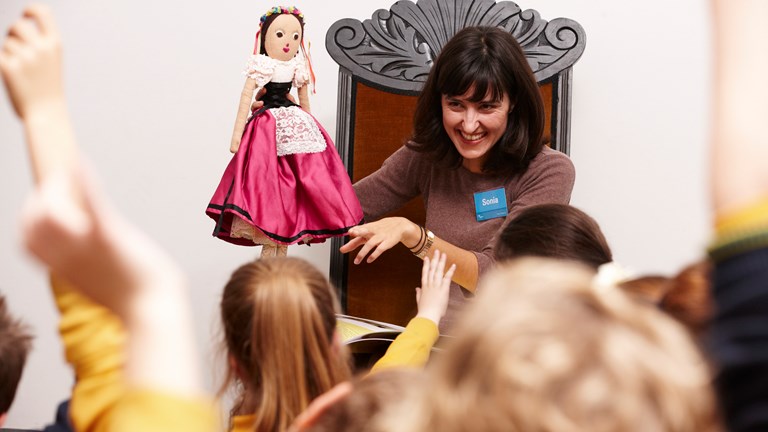
Comparing Past and Present: My Grandmother's Toy Box
Interactive storytelling and object-based learning about history.

Top Designs 2025 Education Forums
Join us for the 2025 Top Design Education forums, where industry experts and VCAA representatives inspire creativity and excellence in all VCE, VM & VET Designs studies showcased in Top Designs.

Living Things: Bugs
Explore the tiny world of mighty bugs – how do they survive and thrive, and why earth just wouldn’t be the same without them!
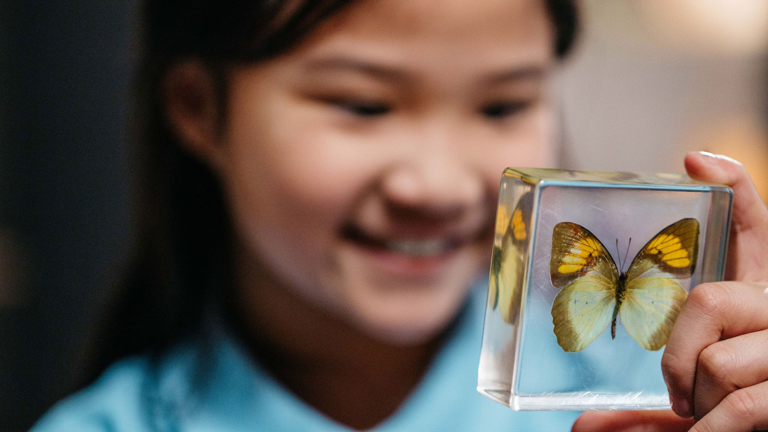
Bugs: Life Cycles and Interactions
Explore the tiny world of mighty bugs – the important roles they play and how they grow and change throughout their lives.
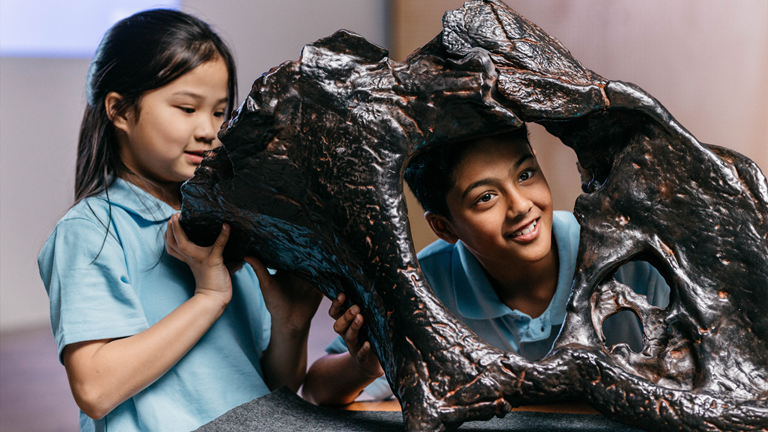
Dinosaur Features
Explore dinosaurs' amazing external features to discover the different functions to enable their survival in this staff led program.
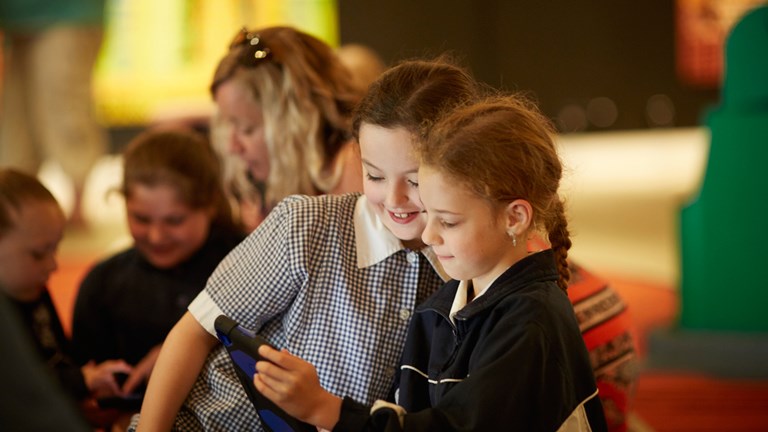
Place and Culture
Students learn about the diversity and longevity of Australia’s First Peoples and the significance of place to their culture and identity.
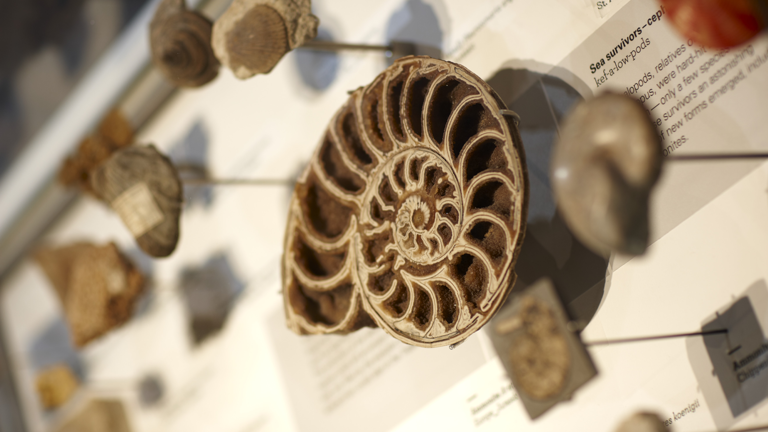
Fossil Features and Dino Diets
In this hands-on session, explore fossils, dinosaurs and discover their amazing habitats!
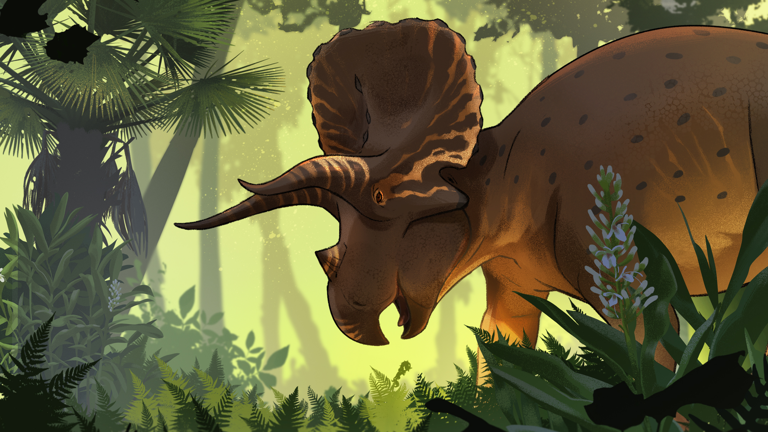
Triceratops Habitats
Explore the habitat of Triceratops and learn how they thrived in their environment.
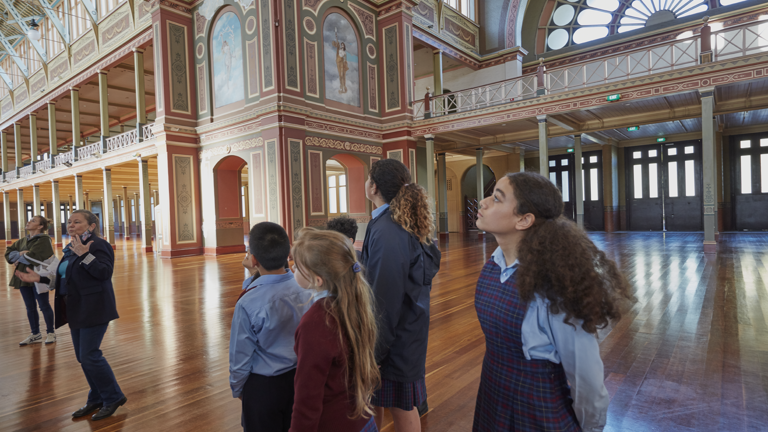
Continuity and Change: Royal Exhibition Building Tour
Take a guided tour of the unique and special Royal Exhibition Building.

Changing Perspectives: The Royal Exhibition Building Tour
Discover the historic significance of this unique and iconic Melbourne landmark.
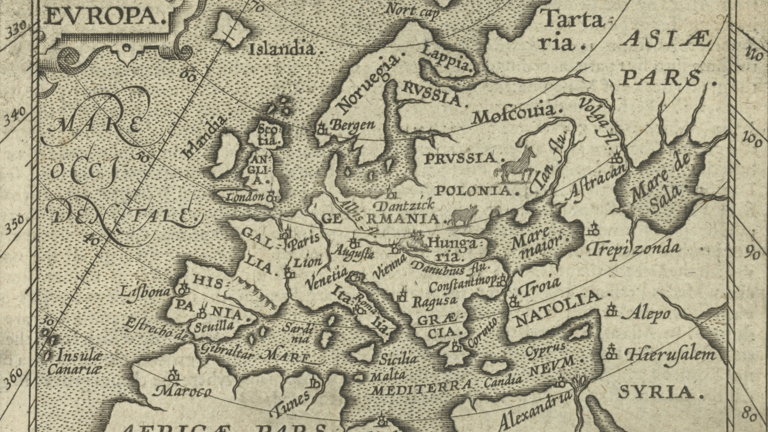
Investigating Europe and the Mediterranean World
See how precious historical artefacts give us insight into the past.
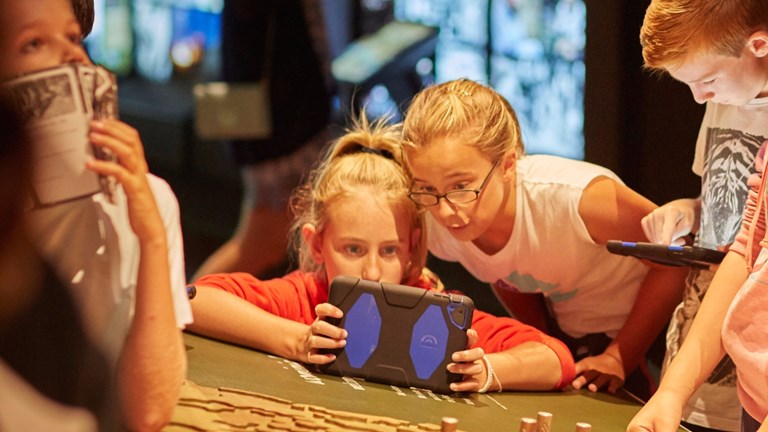
Our Shared History
Students learn about the diversity and longevity of Australia’s First Peoples and the impact of colonisation on their daily life and culture.

Biodiversity and Evolution (VCES)
Explore the theory of evolution by natural selection by looking at the fossil record.
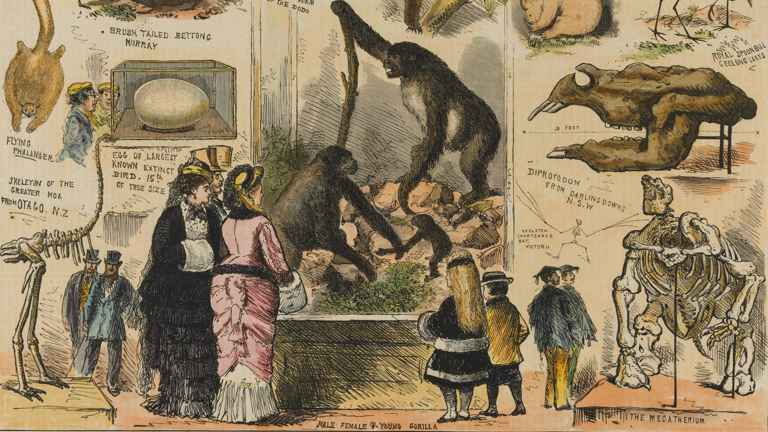
National Science Week: Evolution! (VCES)
A case of Gorillas, stolen dinosaur eggs, and superfluous whale bones – discover evidence for evolution!
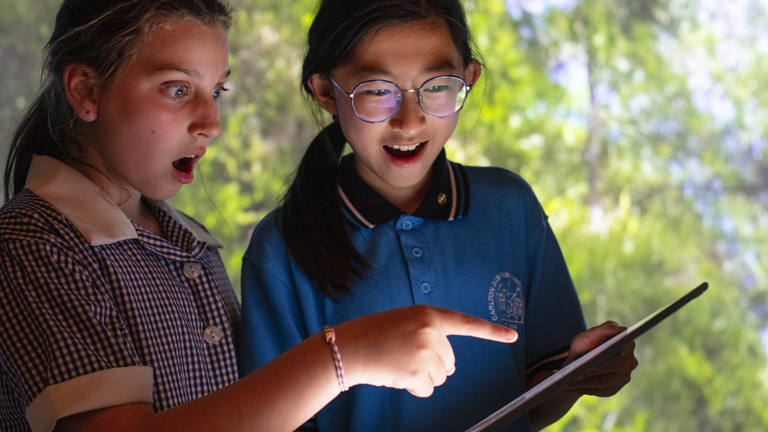
Weather, Climate and Human Impacts
Learn about weather and climate, what climate change means for Victoria’s future, and how we have the solutions to take action now.
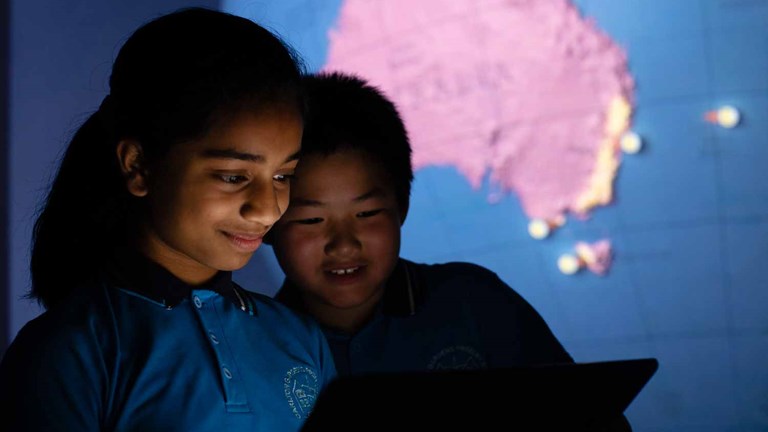
Climate Change and Us: Impacts and Management
Investigate how Earth changes over time, the human impacts causing the climate to change, and how we have the technological solutions to take action now.

Rockumentary Learning Lab Workshop
Students learn about rocks and create short documentaries to communicate their findings.
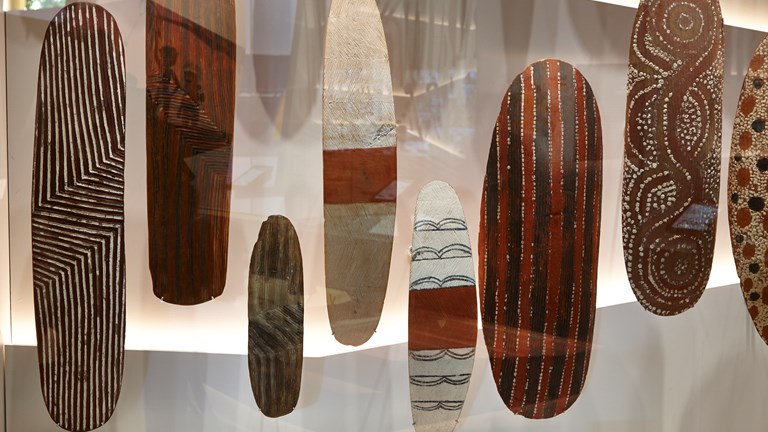
Ancient Worlds
Students learn about the diversity of Victoria’s First Peoples as the longest continuous culture in the history of the world.

Climate and Environmental Change
Immerse your students in the environments of the world, and explore how human impacts can be managed.

Habitats, Human Impact and Management
Explore habitats around the world, the physical conditions that define them, and how important places and environments are to people.
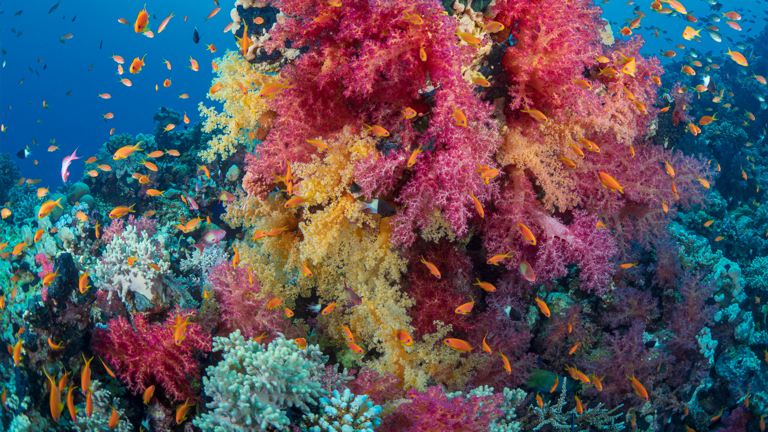
Classification: The Diversity of Life on Earth
How can we understand life on earth if we don’t know what is there? Explore the important role of taxonomy and classification, create and use keys and learn about biodiversity.

Biomes and Climate Change – Impacts and Mitigation
Students are immersed in a rich diversity of global biomes, and consider how changing atmospheric conditions could impact Earth’s environmental systems.
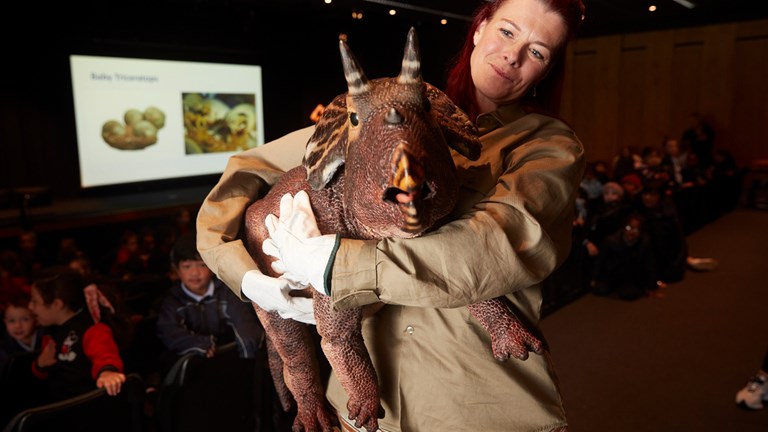
National Science Week: Home of Dinosaurs!
Decoding Dinosaurs – Exploring the known, unknown, and the thrilling adaptations and survival of dinosaurs!
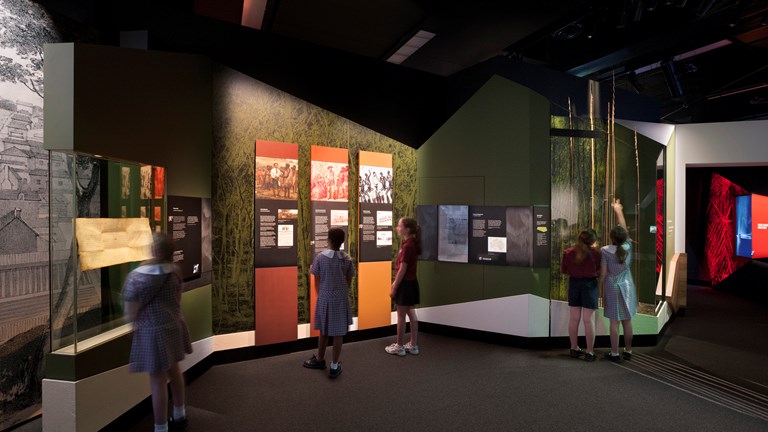
The Modern World
Students learn about the diversity of Victoria’s First Peoples and how they have fought for their country and their rights.
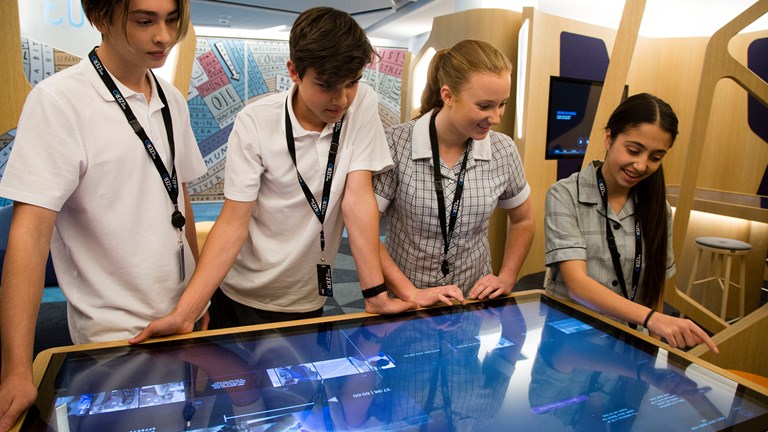
Getting the Message
Create a video ad to promote road safety for teens.
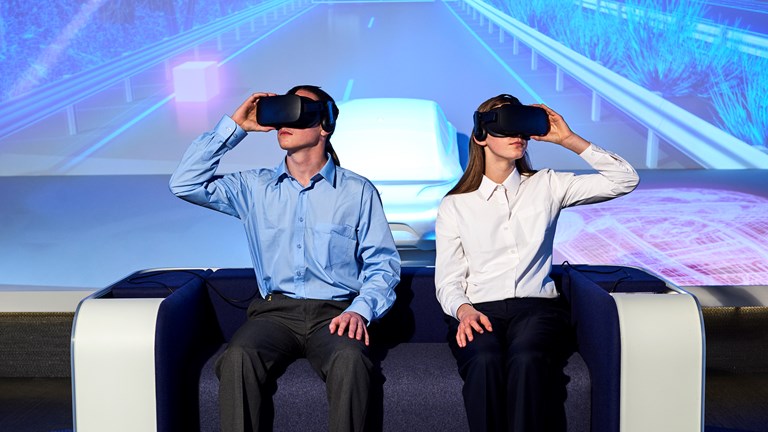
Road to Zero: Road Safety Experience
A world-first road safety education experience to create a new generation of safe young road users.
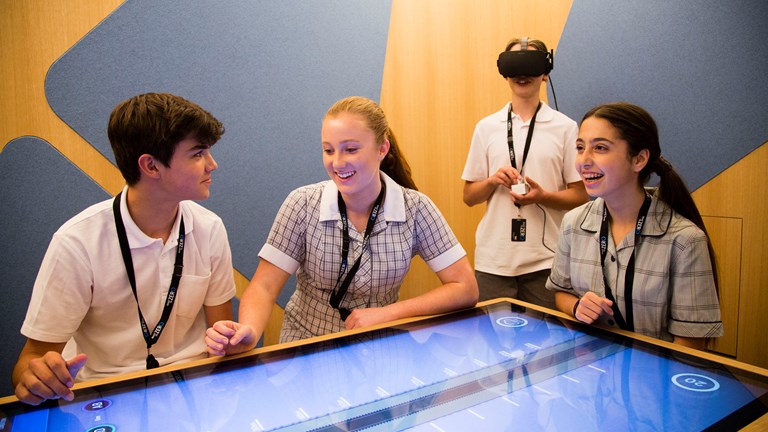
Road to Zero Physics Challenge
Students participate in a virtual reality physics experiment to explore the relationships between vehicle speed and stopping distances.
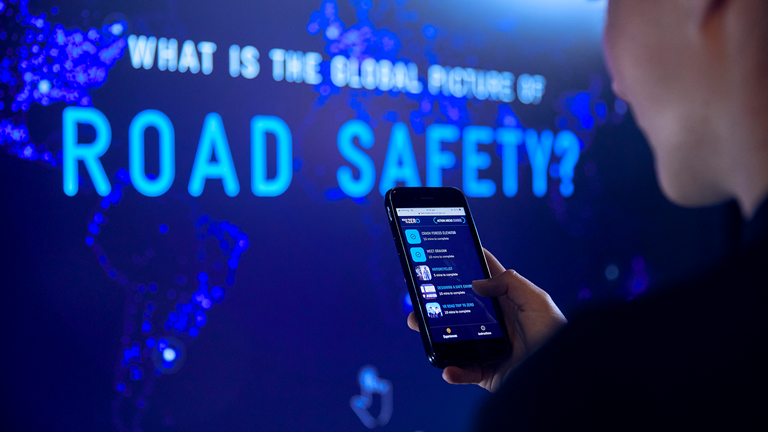
Road to Zero VCE Health and Human Development
Explore a free self-directed program for VCE HHD Units 3 & 4 students.
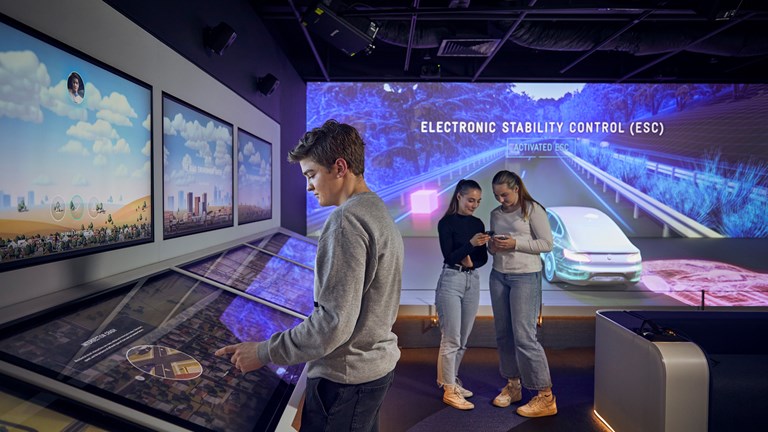
Road to Zero: VCE HHD Immersion Program
Help students prepare for VCE HHD Units 3 and 4 and end-of-year exams.
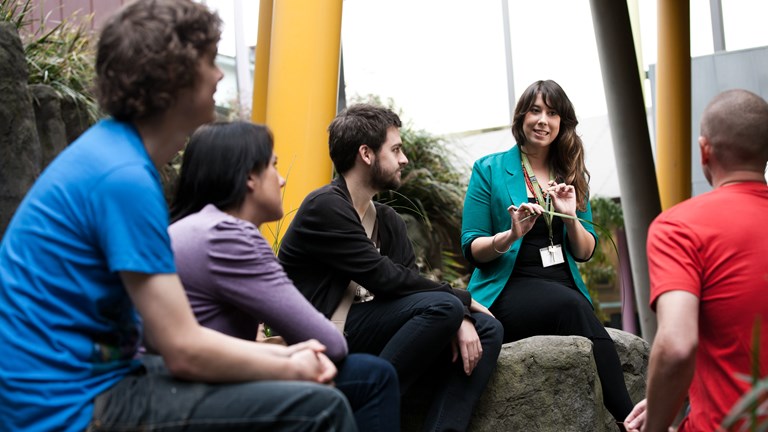
A Guide for Deeper Learning
Students learn about the complexity and diversity of Australia’s First Peoples and reflect on their own cultural practices.

Road Smart Interactive
Students use immersive technology to explore how they can be part of the solution to eliminating road trauma.

Safe Journeys
Support students to become safe, independent travellers as they near the milestone of starting secondary school.
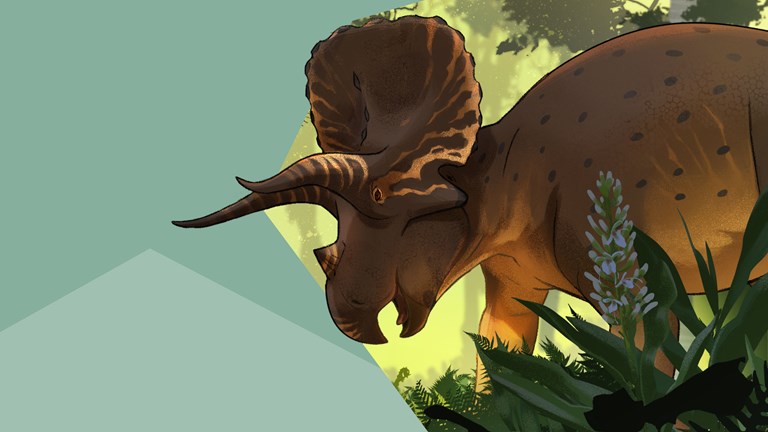
Triceratops Alive!
Discover how Triceratops lived, in this self-guided booklet program.
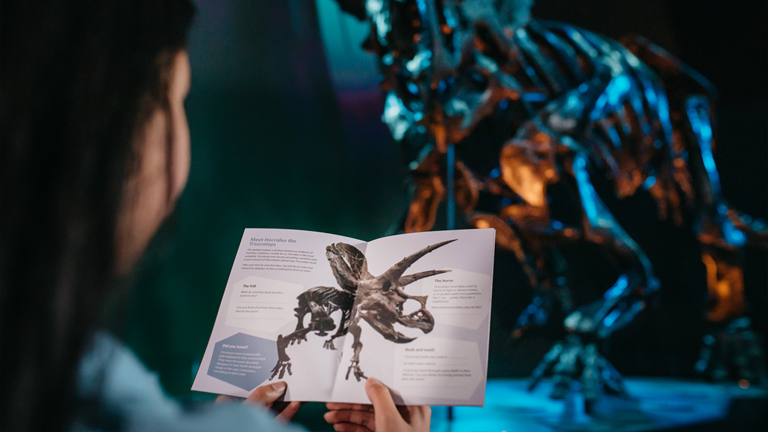
Triceratops Survives
Explore real dinosaurs and discover how they survived.
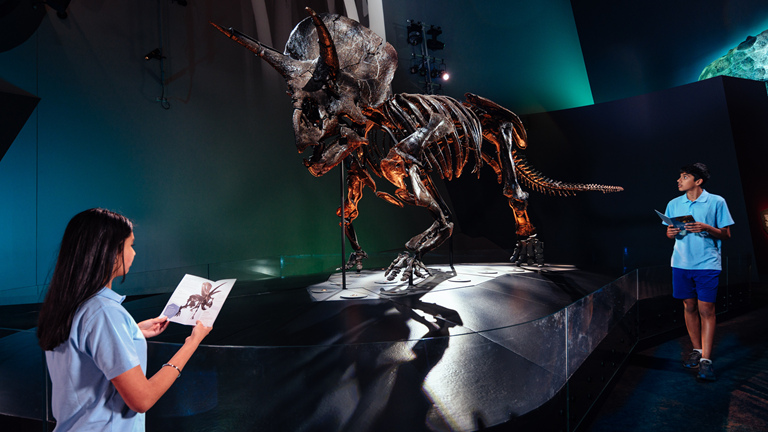
Triceratops Adapts
Learn how Triceratops was adapted to its environment, in this self guided booklet program.
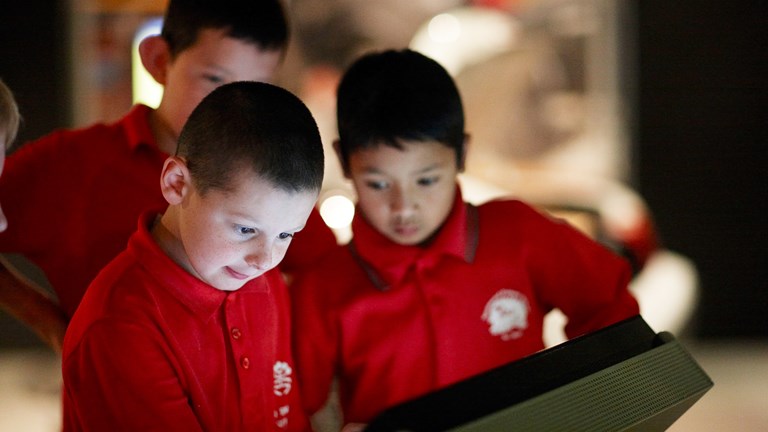
First Peoples Gallery Visit
Self-directed trails for learning in First Peoples.
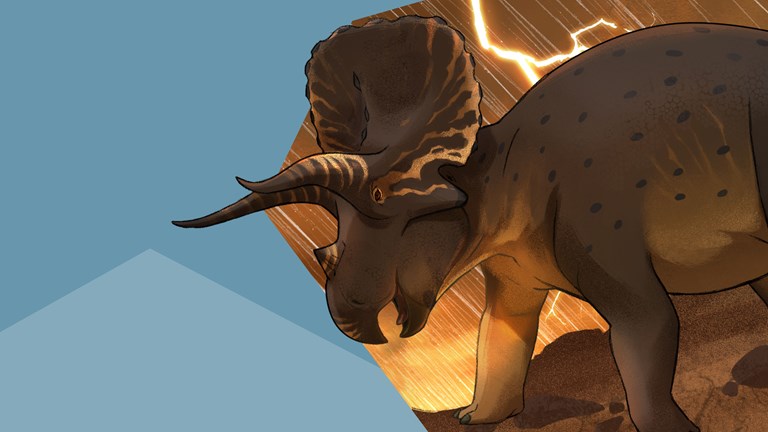
Classification and Dinosaur Food Webs
Explore dinosaur skeletons to learn more about classification, and the ancient food webs in Triceratops habitat.

Patterns of Change: Melbourne Over Time
Investigate, question and reflect upon Melbourne’s history in this self-guided enquiry.
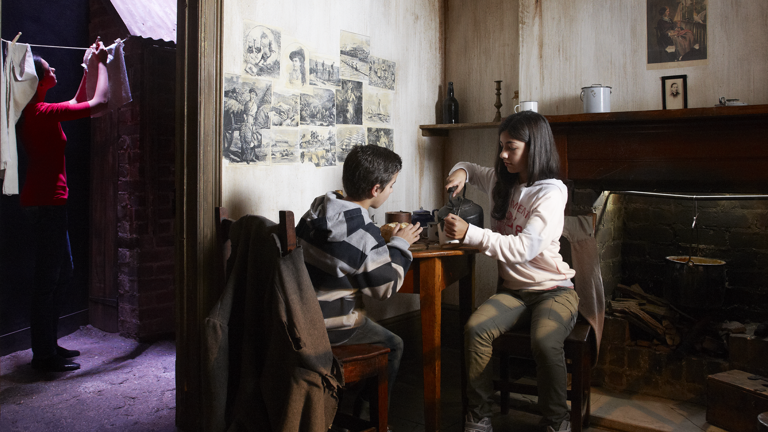
Melbourne’s Past: Investigating Little Lon
Think like a historian and uncover this significant moment in Melbourne’s past.
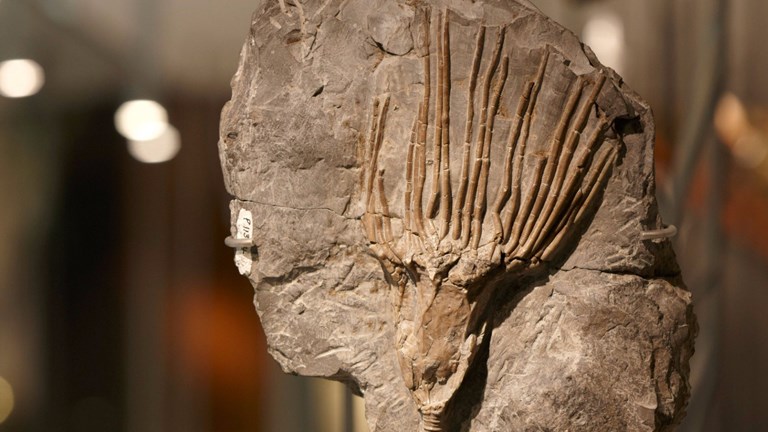
600 Million Years in 60 Seconds
Make a 60 second movie to communicate science using the 600 Million Years: Victoria evolves exhibition.
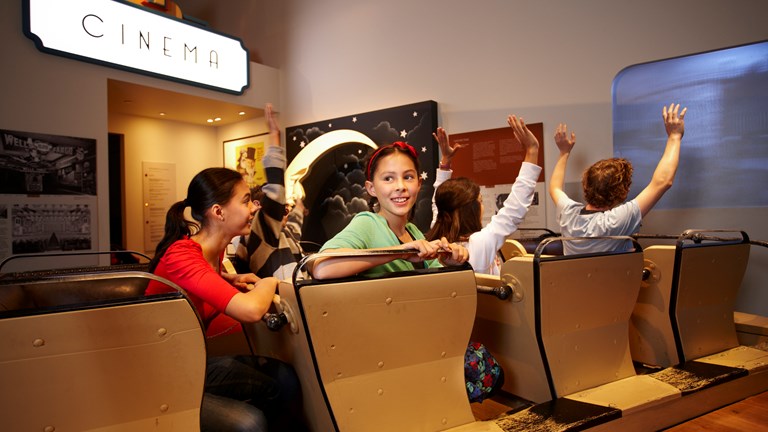
Melbourne Story Gallery Visit
Students can encounter the people, places and events that have made Melbourne the city it is today.
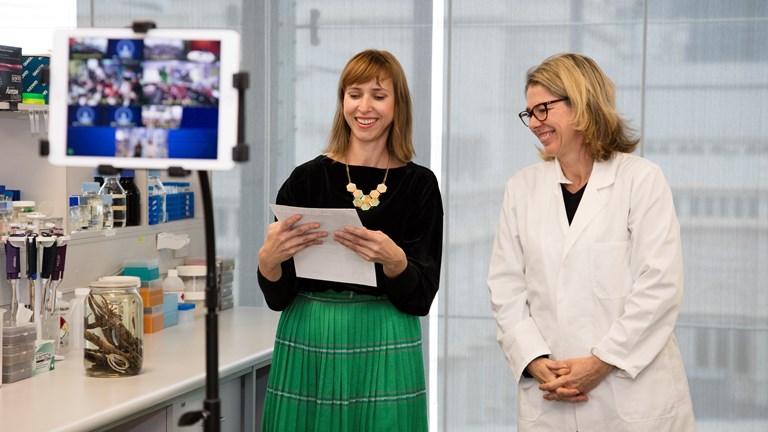
Virtual Learning
Experience Museums Victoria from your classroom with this series of virtual learning sessions.
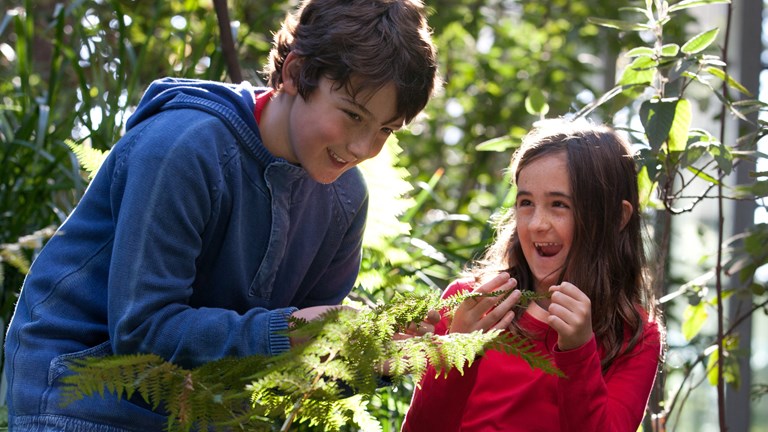
Forest Gallery Visit
Take a journey through a living gallery to discover stories about environments and change in Victoria's tall forests.
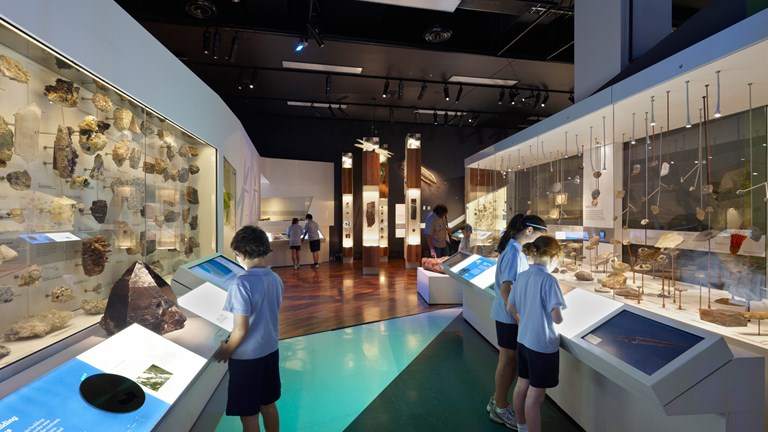
600 Million Years Gallery Visit
Journey 600 million years back in time to discover Victoria’s past through the fossil record.
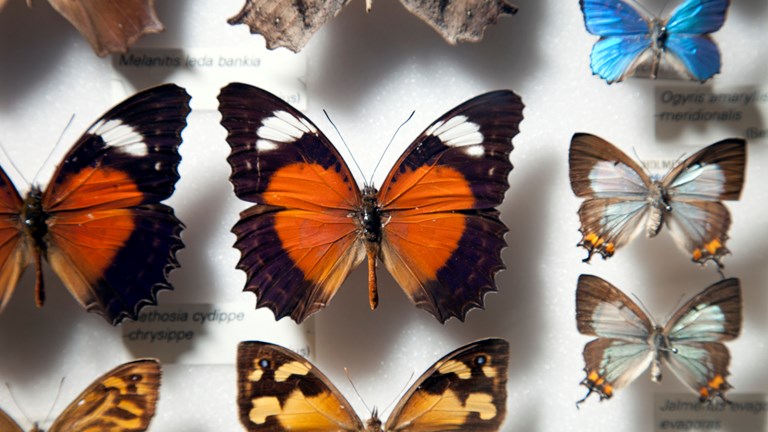
Bugs Alive! Gallery Visit
Enthral your students with the stunning diversity of bugs! In every habitat on Earth, their features, adaptations and life-cycles will amaze.
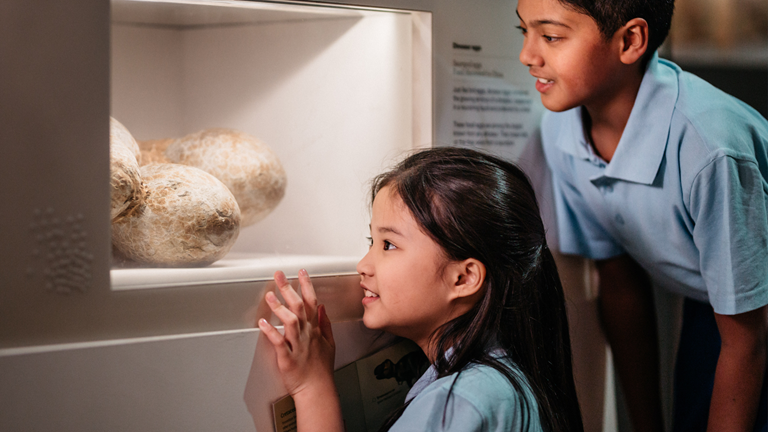
Dinosaur Walk Gallery Visit
Walk among the skeletons of amazing animals from the past – dinosaurs, flying reptiles and megafauna.
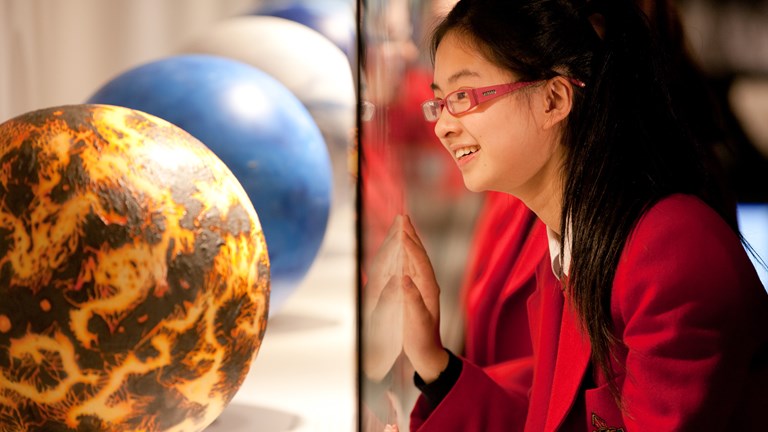
Dynamic Earth Gallery Visit
Discover how Earth formed, how earthquakes and volcanoes occur, and see amazing rocks and minerals from Museums Victoria’s collection.

Pauline Gandel Children's Gallery Visit
Learn through play in this wondrous space for children.
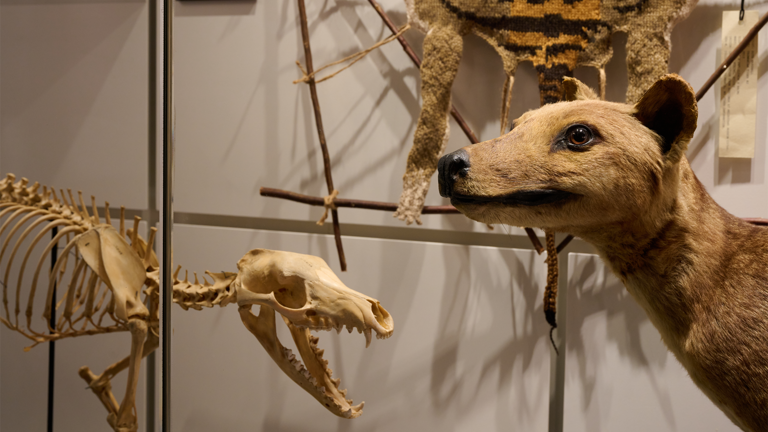
Museums Victoria Research Institute Gallery Visit
Learn about cutting-edge research, fresh discoveries and valuable collection objects on display for the first time.
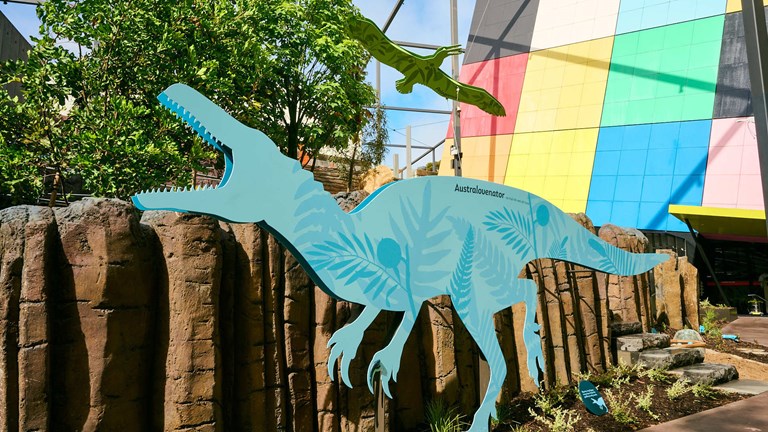
Gandel Gondwana Garden Gallery Visit
Explore Victoria’s ancient landscapes and see creatures that once walked this land, from dinosaurs to megafauna to the ancestors of today’s iconic Australian species.
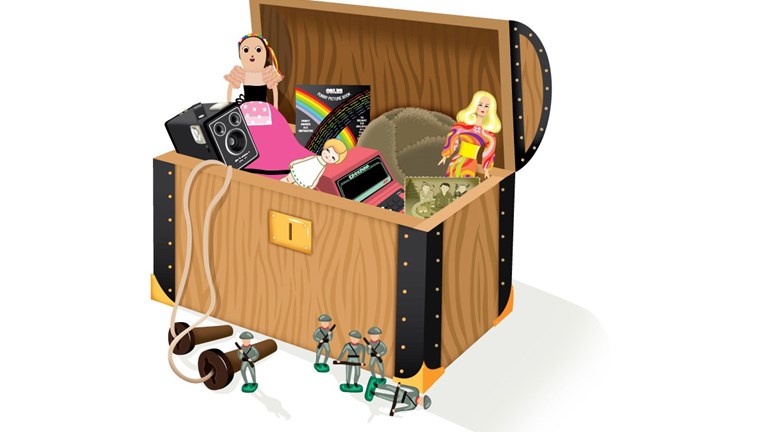
Differences and Similarities: A Toy Box Tale
A virtual, interactive history lesson all about toys!

Climate Change and Victoria's Future ONLINE
Learn why the Earth’s climate is changing, and what we can do to help.
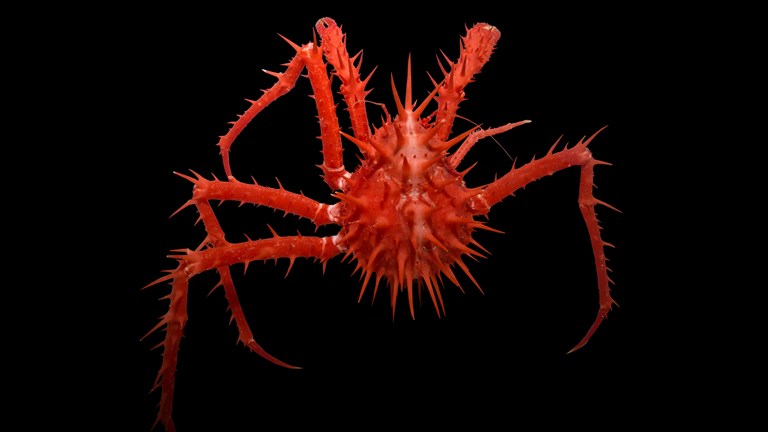
Deep Sea Discovery
Learn about ocean animals as we journey from the beaches of Victoria into the deep, dark ocean world of the Abyssal Zone. How different do animals look who live in the deepest parts of the ocean?
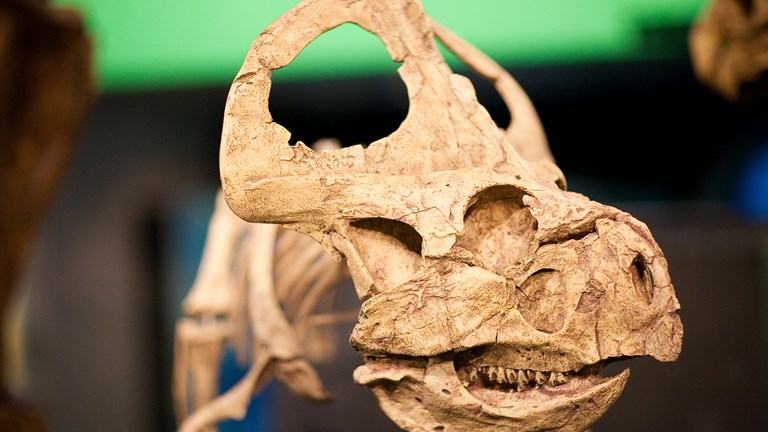
Dinosaurs and Fossils
Learn about dinosaurs and fossils, and find out some of the ways palaeontologists know what they know about the ancient world of dinosaurs! Written specially for early learners.
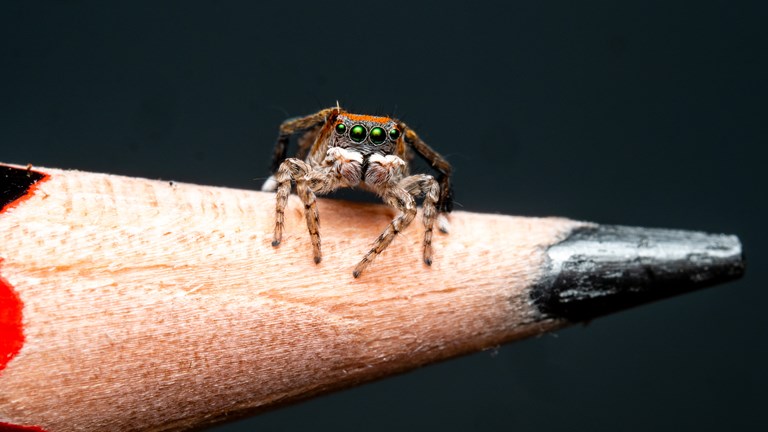
What is a Bug?
How are bugs different to other animals? Become an entomologist and learn to identify different groups of bugs. Find out some of the amazing things bugs can do!
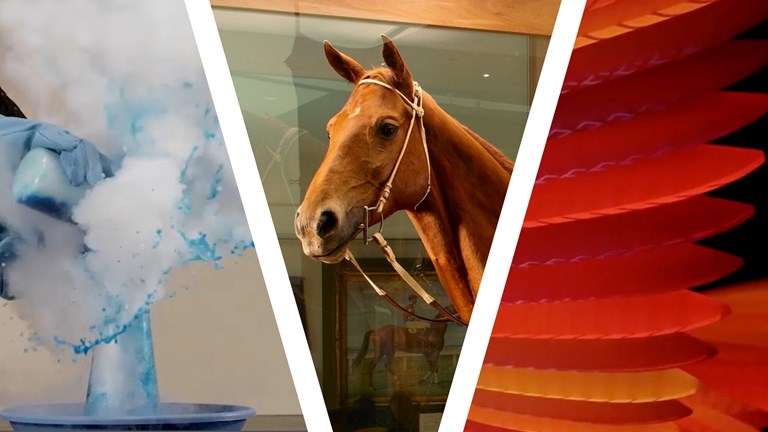
Virtual Learning
Experience Museums Victoria from your classroom with this series of virtual learning sessions.

Dinosaurs...Traces of the Past
Dinosaurs at your school! Discover everything you’ve ever wanted to know about dinosaurs through an interactive presentation and hands-on touch table experience!
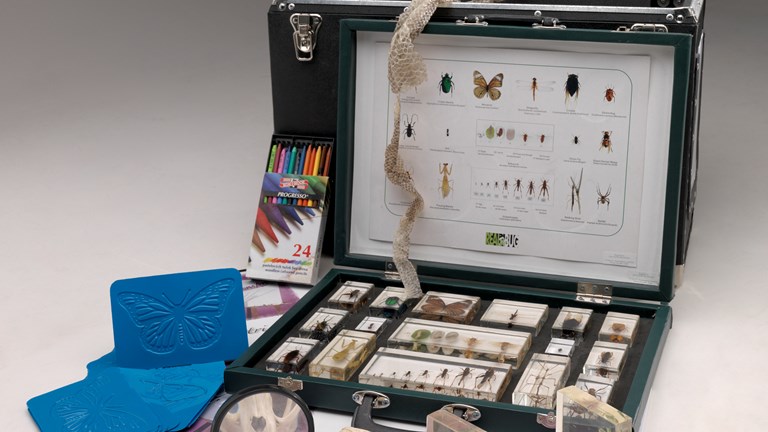
Learning Kits
Engage your students with our learning kits full of exciting objects and learning materials.
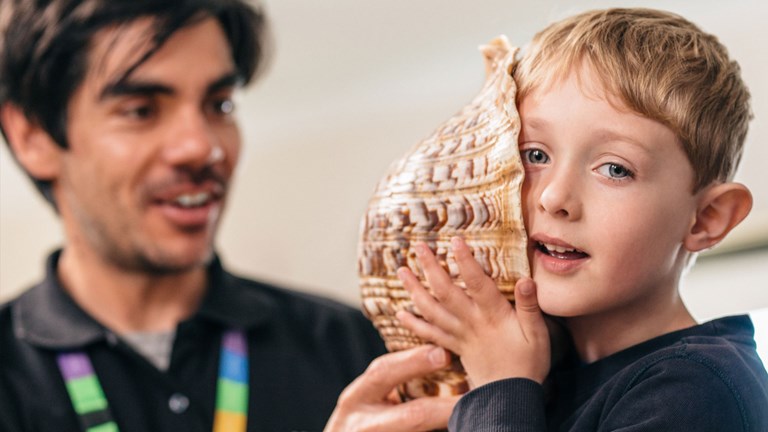
Kindergarten Presentations
Discover our 'museum in a van' and online programs for kindergarten groups in Victoria.